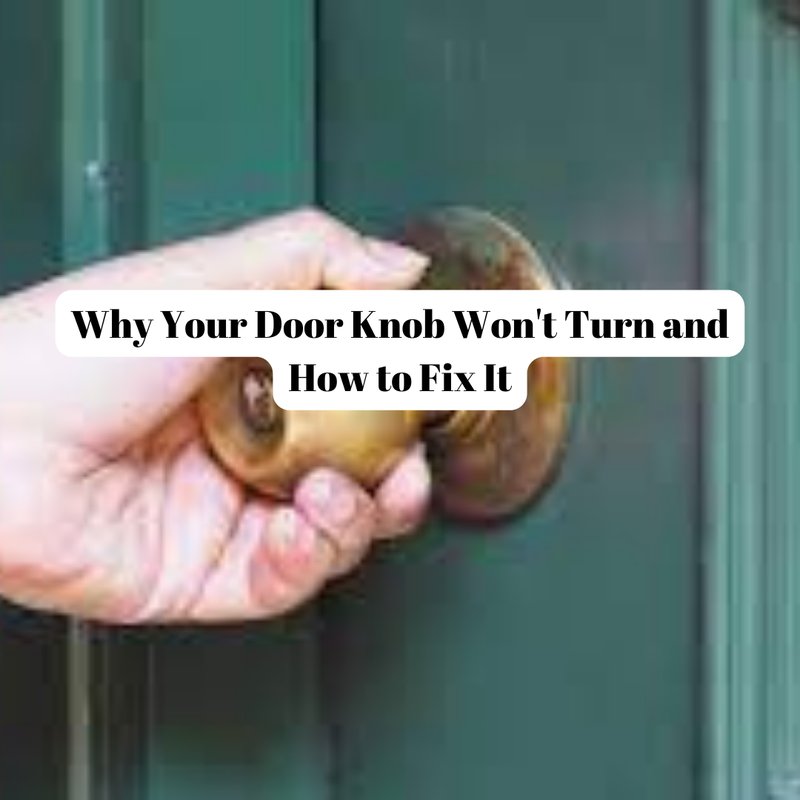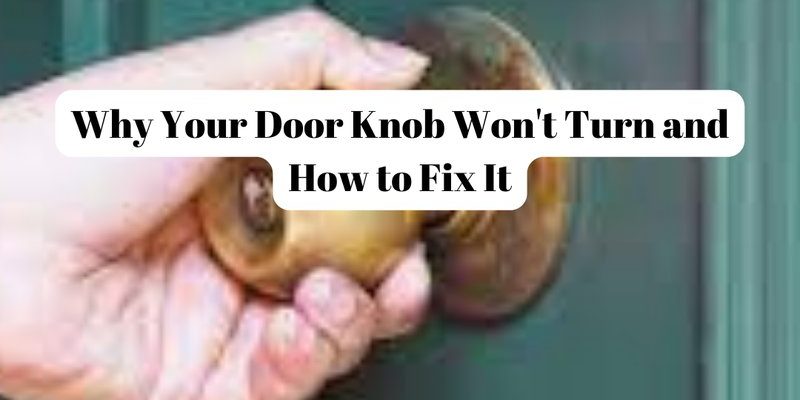
Let’s dive into this phenomenon. Door knobs can resonate and vibrate for several reasons, and it’s not just a strange coincidence. Understanding the mechanics behind this can help you troubleshoot and prevent any potential issues. So, grab your favorite cup of coffee, and let’s unpack the mystery together!
Understanding Door Mechanics
To grasp why door knobs might vibrate, it helps to first understand how doors function. When you close a door firmly, the impact creates a small shockwave, transferring energy through the door frame. Think of it like when you drop a pebble into a still pond—the ripples extend outward. This energy can make parts of the door, including the knob, shake or vibrate momentarily.
There are a few components involved here: the door itself, the hinges, and the knob mechanism. Each part plays a role in how sound and vibrations travel. If everything is installed correctly, the door should close softly without any rattling. However, if something is amiss, you might notice that familiar vibration.
Common Causes of Vibrating Door Knobs
You might be wondering, “What actually causes this vibration?” There can be several reasons behind it, and identifying the issue will help you solve it quickly.
- Improper Alignment: If the door isn’t aligned correctly with the frame, it can create pressure against the knob, leading to vibrations. This misalignment might occur if the hinges are loose or if the door has shifted over time.
- Loose Hardware: Sometimes, the screws or bolts holding the knob in place can loosen. When the door closes, the additional movement can cause the knob to vibrate.
- Impact on Hollow-Core Doors: Many interior doors are hollow to save weight and cost. This design can amplify vibrations. When you close a hollow door firmly, the impact can resonate throughout the knob.
- Weather Stripping Issues: If the door has weather stripping, it can create extra friction when the door closes. If it’s not installed properly or is worn out, it may cause additional vibrations.
As you can see, there are various factors contributing to this phenomenon. Each cause can be checked and fixed with a bit of effort.
How to Diagnose the Problem
Now that we’ve covered possible causes, let’s discuss how to diagnose the problem. You don’t need to be a DIY expert to tackle this; just take it step-by-step.
1. Check the Alignment: Start by examining whether your door is square in the frame. Open and close the door gently. If it binds or sticks in certain spots, it may need adjustment.
2. Inspect the Hardware: Grab a screwdriver and check the screws on the knob and hinges. If they’re loose, tighten them carefully. A snug fit can eliminate vibrations.
3. Listen for Sounds: When closing the door, pay attention to any unusual sounds. A high-pitched squeak may hint at problems with the hinges, while a rattling sound may suggest loose hardware.
4. Examine the Door Structure: If you have a hollow-core door, try adding a bit of weight or reinforcing it with a solid core insert. This can help reduce vibrations significantly.
Each of these steps will help you pinpoint the root cause of your vibrating door knob.
Potential Solutions to Stop the Vibration
Once you’ve diagnosed the problem, it’s time to tackle it with some practical solutions. Here’s how to fix those annoying vibrations.
– Tighten Loose Screws: If you found any loose screws during your inspection, make sure to tighten them. This includes the door knob screws and the hinges. Sometimes, it’s the simplest fixes that work wonders.
– Adjust the Door Alignment: If the door is misaligned, you may need to shim the hinges. This involves adding small spacers behind the hinge plates to help the door fit better.
– Replace Weather Stripping: If the weather stripping is old or damaged, replace it. This will reduce friction when the door closes and help eliminate vibrations.
– Consider a Solid-Core Door: If you consistently have issues with vibrations, upgrading to a solid-core door might be a long-term solution. These doors are heavier and less prone to vibrating.
Each of these fixes can significantly reduce or eliminate the door knob vibration issue you’ve been facing.
When to Call a Professional
While many of these solutions can be performed yourself, sometimes it’s best to call in a professional. If you’ve tried the basic fixes and the door knob still vibrates, here are a few times when you might want to reach out for help:
– Extensive Damage: If your door or frame has significant damage, repair might be out of your skill range. A professional can assess the situation and suggest the best course of action.
– Persistent Alignment Issues: If the door consistently misaligns after adjustments, it may be time for a professional to take a look at the hinges or door frame.
– Complex Systems: Some doors have more complex locking mechanisms. If your knob is vibrating alongside locking issues, a locksmith may be needed for a proper fix.
Professional help can save you time and ensure your door is in the best condition.
Understanding why your door knob vibrates when the door closes firmly can help you quickly address the issue. With the right tools and a little patience, you can often solve this problem yourself. Remember to inspect the alignment, hardware, and door structure to pinpoint the cause.
If all else fails, don’t hesitate to reach out for professional help. A quiet, well-functioning door can significantly enhance your home comfort. Keep your space peaceful and vibration-free, and enjoy the tranquility that comes with it!
